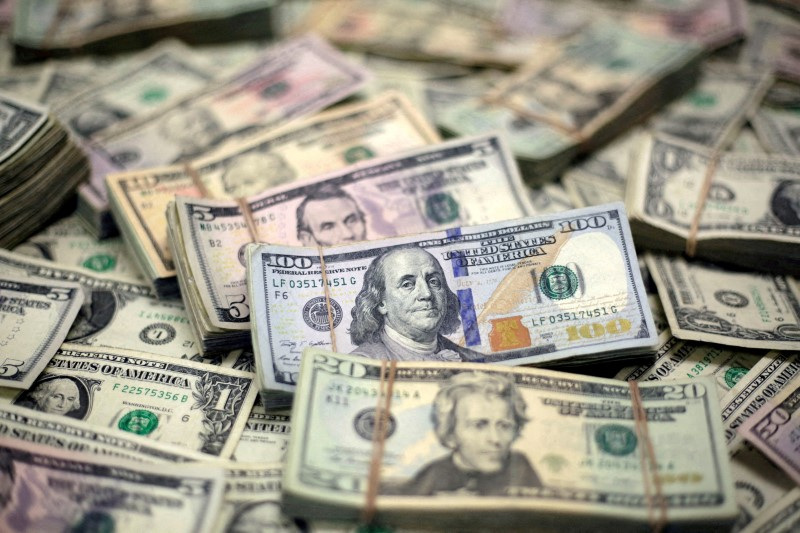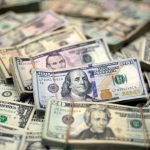TOKYO (Reuters) -The dollar edged lower on Thursday after hitting a four-month high following Republican Donald Trump’s win in the U.S. presidential election, while investors awaited policy decisions from the Federal Reserve and other central banks.
The Fed is expected to cut interest rates by 25 basis points later in the day, and the market’s focus will be on any clues suggesting the U.S. central bank could skip a cut in December.
Last week’s October jobs report came in weaker than expected, raising questions over the degree of softness in the labour market, though this data was clouded by the impact of recent hurricanes and labour strikes.
Trump’s victory was also fuelling speculation that the Fed might reduce rates at a slower and shallower pace, as his policies on restricting illegal immigration and enacting new tariffs could boost inflation.
U.S. equities at record highs and a weaker yen appeared to be an “endorsement for Trump,” but a stronger dollar and higher U.S. Treasury yields indicated markets were pricing in a less dovish Fed going forward, said senior market analyst Matt Simpson at City Index.
U.S. Treasuries fell sharply on Wednesday, propelling yields to multi-month highs.[US/]
Markets now see about a 67% chance the Fed will also cut rates next month, down from 77% on Tuesday, according to the CME Group’s (NASDAQ:CME) Fed Watch Tool.
The dollar index, which measures the greenback against six major peers, dropped 0.16% to 104.94 after surging to its highest since July 3 at 105.44 and locking in its biggest single-day gains since September 2022 in the previous session.
The euro rose 0.11% to $1.0742, having tumbled as low as $1.068275 for the first time since July 27 on Wednesday. Sterling climbed 0.37% to $1.2927.
Ahead of the Fed, the Bank of England is likely to cut interest rates for the second time since 2020 but the big question for investors is whether it sends a signal about subsequent moves after the government’s inflation-raising budget.
The Riksbank is seen easing by 50 basis points, and the Norges Bank is set to stay on hold.
The yen fell against the greenback to a three-month low of 154.715 – a decline that had Japan’s top currency diplomat Atsushi Mimura flagging readiness to act, marking the government’s strongest warning to speculators in recent months.
If markets begin to expect fewer Fed rate cuts as well as a “Red Sweep” in Washington, the dollar/yen has room to rise above 155, said Nomura Securities currency strategist Jin Moteki.
Verbal warnings from Tokyo, however, will likely “limit the upside of dollar/yen in the short-term,” he added.
The Japanese currency was last 0.36% higher at 154.09 per dollar.
The yuan edged higher after China’s exports blew past forecasts, after earlier declining to its lowest in nearly three-months.
Offshore yuan traded at 7.1907 yuan per dollar, up about 0.20%.

The Aussie also got a boost from the trade data, rising 0.72% to $0.6618, while the kiwi traded at $0.59835, up 0.75%
Bitcoin was down 1.6% around $74,766 after hitting a record high on Wednesday of $76,499.99. Ether rallied more than 6% on Thursday to $2,881.16, its highest since early August.
To read the full article, Click Here

